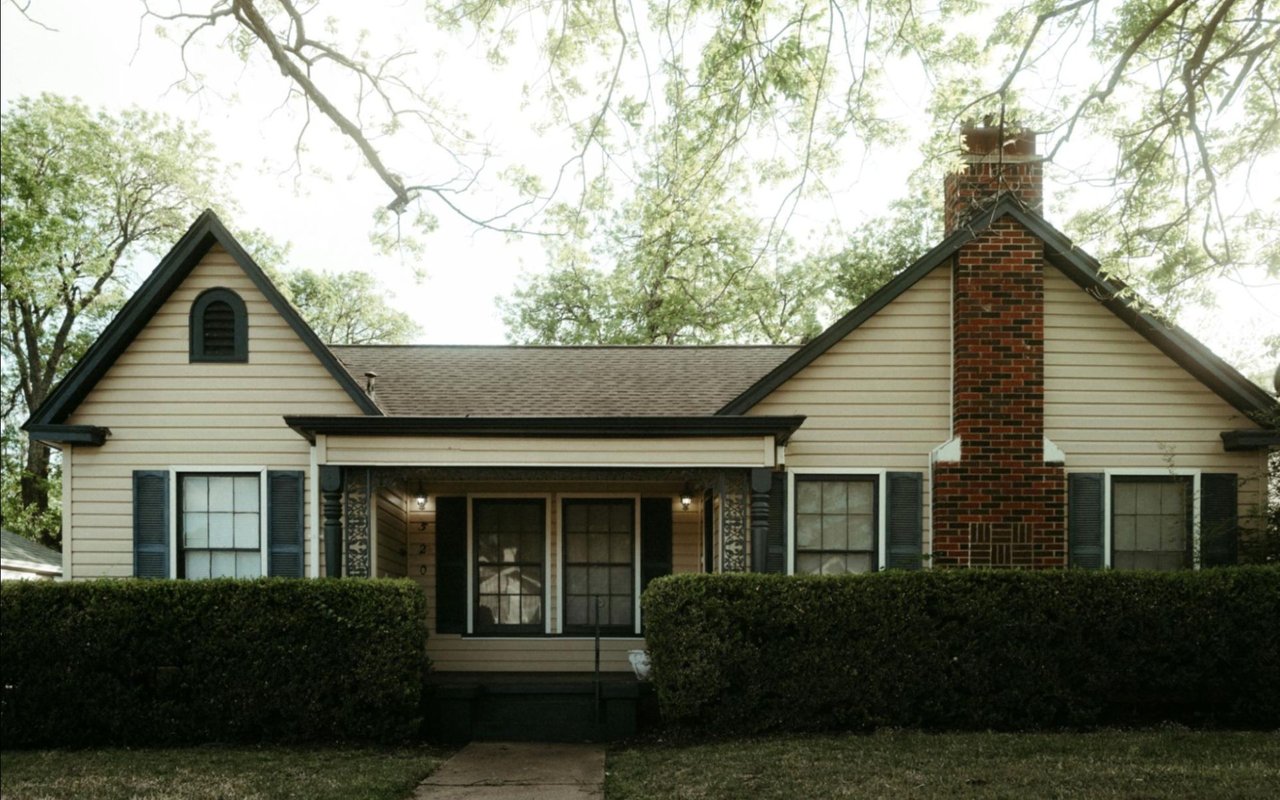You buy a home, sign a stack of documents, and see “homeowners insurance” listed among the must-haves. Even though you know it’s essential, you might not know exactly what it covers, how it pays out, or where the gaps are.
Think of homeowners insurance as a package policy. It typically protects your structure, your belongings, your liability exposure, and your ability to live somewhere else temporarily if your home becomes uninhabitable after a covered loss. The policy also contains limits, deductibles, and sublimits that matter when real money is on the line. By the end of this guide, you will know the terms involved, what to double-check, and how to tailor coverage to your lifestyle and risk.
The Core Coverages At A Glance
Most standard policies come with five pillars: dwelling (Coverage A), other structures (Coverage B), personal property (Coverage C), loss of use or additional living expenses (Coverage D), and personal liability plus medical payments to others (Coverage E and Coverage F). Each bucket has its own purpose and its own limit. Your declarations page shows the dollar amount assigned to each.
Dwelling Coverage: Your Home’s Structural Backbone
Dwelling coverage is the heart of the policy. It pays to repair or rebuild your home’s physical structure after a covered peril. Covered perils usually include fire, lightning, windstorm, hail, and similar events listed in the contract. The critical question is whether your limit matches your home’s replacement cost, which is the cost to rebuild with similar kind and quality materials at today’s prices. Market value and replacement cost rarely match. Market value includes land value and buyer demand. Replacement cost is all about materials, labor, and building codes.
Ask your insurer how they calculated your replacement cost estimate. Prices for lumber, skilled labor, and specialized materials can shift quickly. You do not want to be underinsured, especially if local building codes require upgrades after a loss. If your home is older or custom, explore extended or guaranteed replacement cost endorsements. These can give you a cushion above your listed limit, which can make a significant difference if a catastrophe pushes rebuilding costs higher across your region.
Ask your insurer how they calculated your replacement cost estimate. Prices for lumber, skilled labor, and specialized materials can shift quickly. You do not want to be underinsured, especially if local building codes require upgrades after a loss. If your home is older or custom, explore extended or guaranteed replacement cost endorsements. These can give you a cushion above your listed limit, which can make a significant difference if a catastrophe pushes rebuilding costs higher across your region.
Other Structures: Everything That Is Not Attached
Other structures coverage applies to features on your property that are not physically connected to your home. Think detached garages, pergolas, sheds, and fences. This limit is often a set percentage of the dwelling limit, commonly 10 percent. That might be enough, or it might be far too low if you have a large detached studio, a significant retaining wall, or multiple outbuildings.
Inventory these structures, estimate what it would cost to rebuild them, and compare that number to your policy’s limit. If you see a gap, increase the limit or ask about an endorsement. Small, overlooked items like decorative masonry or specialty fencing can be surprisingly expensive to replace. You want the math to work before you ever need it.
Inventory these structures, estimate what it would cost to rebuild them, and compare that number to your policy’s limit. If you see a gap, increase the limit or ask about an endorsement. Small, overlooked items like decorative masonry or specialty fencing can be surprisingly expensive to replace. You want the math to work before you ever need it.
Personal Property
Personal property coverage protects the items you own, from furniture and clothing to electronics and art, when they are damaged or stolen due to a covered peril. The default policy often pays personal property on an actual cash value basis, which subtracts depreciation.
Replacement cost coverage, which pays the full cost to replace items with new ones of similar kind and quality, is typically available for an additional premium. The upgrade is worth investigating if you do not want to haggle over depreciation after a loss.
Be aware of sublimits for high-value categories. Jewelry, watches, silverware, collectibles, and fine art often have low per-item or category caps. If you have pieces that exceed those limits, be sure to schedule them with a personal articles floater. That endorsement can provide broader coverage, higher limits, and sometimes lower deductibles. Create a home inventory now, complete with photos, serial numbers, and receipts. It speeds up the claims process, reduces stress, and helps you select the right limits for your needs.
Replacement cost coverage, which pays the full cost to replace items with new ones of similar kind and quality, is typically available for an additional premium. The upgrade is worth investigating if you do not want to haggle over depreciation after a loss.
Be aware of sublimits for high-value categories. Jewelry, watches, silverware, collectibles, and fine art often have low per-item or category caps. If you have pieces that exceed those limits, be sure to schedule them with a personal articles floater. That endorsement can provide broader coverage, higher limits, and sometimes lower deductibles. Create a home inventory now, complete with photos, serial numbers, and receipts. It speeds up the claims process, reduces stress, and helps you select the right limits for your needs.
Loss Of Use (Additional Living Expenses)
Loss of use or additional living expenses (ALE) coverage reimburses you for the increased costs of living elsewhere while your home is repaired after a covered loss. It can pay for hotel stays, short-term rentals, restaurant meals above your normal grocery budget, and extra commuting expenses. Policies cap this coverage as a percentage of your dwelling limit or a specific dollar amount, with a time limit that can vary.
Review how your policy defines limits and duration. If your area has lengthy permitting processes, contractor shortages, or strict building codes, repairs might take longer than you think. Make sure your ALE limit is realistic for your location and your lifestyle. If you have pets, specialized medical needs, or require a workspace at home, the cost to relocate comfortably can rise quickly. You want the coverage to reflect your real-world needs.
Review how your policy defines limits and duration. If your area has lengthy permitting processes, contractor shortages, or strict building codes, repairs might take longer than you think. Make sure your ALE limit is realistic for your location and your lifestyle. If you have pets, specialized medical needs, or require a workspace at home, the cost to relocate comfortably can rise quickly. You want the coverage to reflect your real-world needs.
Personal Liability
Personal liability coverage defends and indemnifies you if you are held responsible for bodily injury or property damage to others. If someone trips on your walkway and sues, or if your tree falls and damages a neighbor’s roof, this is the part of the policy that steps in. It typically covers legal defense costs, which can be substantial, in addition to judgments or settlements up to your policy limit.
Set this limit with your total assets, income, and future earnings in mind. Some homeowners pair their policy with a personal umbrella policy that adds liability protection above and beyond the home and auto limits. The incremental premium for higher liability limits is often small relative to the protection it provides.
Set this limit with your total assets, income, and future earnings in mind. Some homeowners pair their policy with a personal umbrella policy that adds liability protection above and beyond the home and auto limits. The incremental premium for higher liability limits is often small relative to the protection it provides.
Medical Payments To Others
Medical payments to others is a small coverage that pays for minor medical bills when someone is injured on your property, regardless of fault. It can help cover X-rays, urgent care visits, or similar expenses, and it often diffuses tension before someone considers a claim. Although it is a smaller part of the policy, it is still worth reviewing.
Deductibles, Limits, And Sublimits: The Numbers That Decide Your Payout
The deductible is the amount you pay out of pocket before the insurer starts paying for a covered claim. Many policies set a flat deductible for most perils and a separate, higher percentage deductible for windstorm or hail. Decide how much you can afford to self-insure. Raising your deductible can trim your premium, but be honest about your cash reserves.
Limits and sublimits control how much you receive. Limits are the headline numbers for your dwelling, personal property, and liability. Sublimits hide in the fine print and cap specific categories, like jewelry or business property stored at home. Review each line item annually. Your belongings change, prices rise, and home upgrades increase your rebuild cost. A quick annual check-in can prevent surprises later.
Limits and sublimits control how much you receive. Limits are the headline numbers for your dwelling, personal property, and liability. Sublimits hide in the fine print and cap specific categories, like jewelry or business property stored at home. Review each line item annually. Your belongings change, prices rise, and home upgrades increase your rebuild cost. A quick annual check-in can prevent surprises later.
The Bottom Line
Homeowners insurance is more than a lender requirement. It is a financial safety net that protects your home, your belongings, and your net worth. Review your limits, close the gaps with endorsements, and keep your policy aligned with your life as it evolves.
For answers to your most pressing questions about insurance and beyond as you buy a home in Austin, let Noa Levy guide you through the process. Connect today.
For answers to your most pressing questions about insurance and beyond as you buy a home in Austin, let Noa Levy guide you through the process. Connect today.




